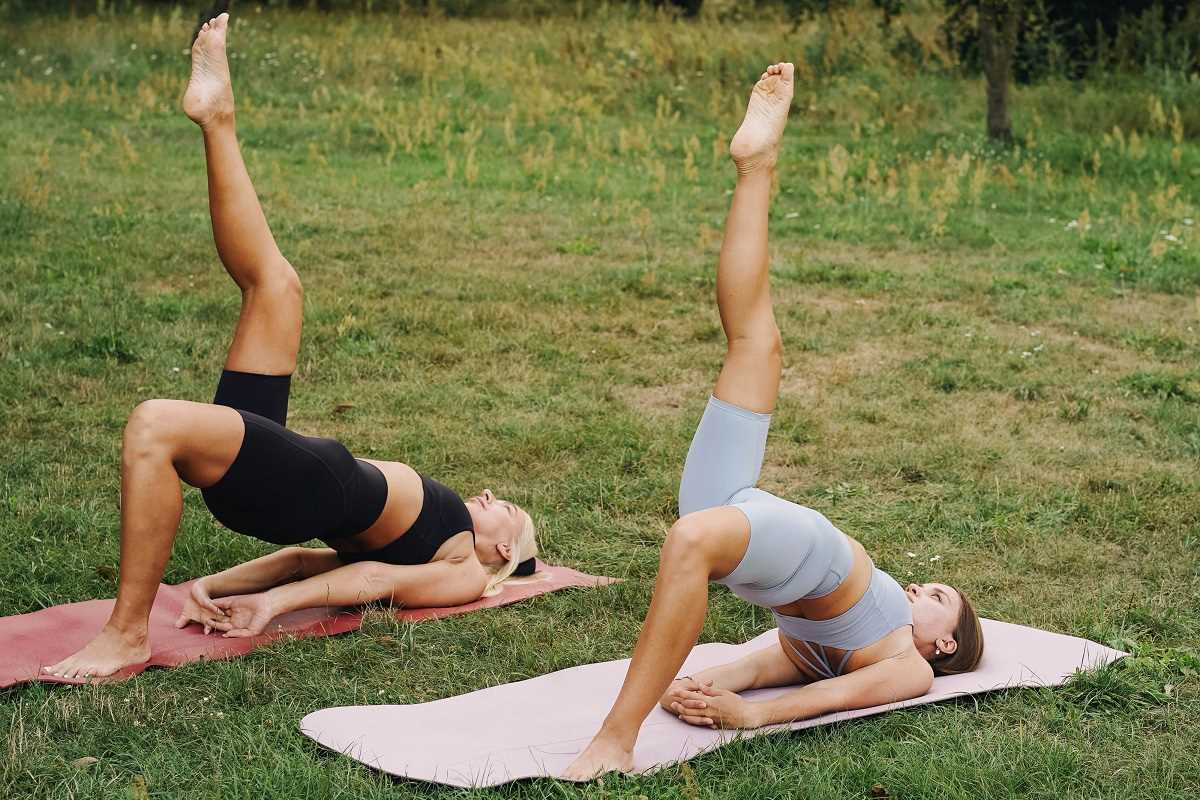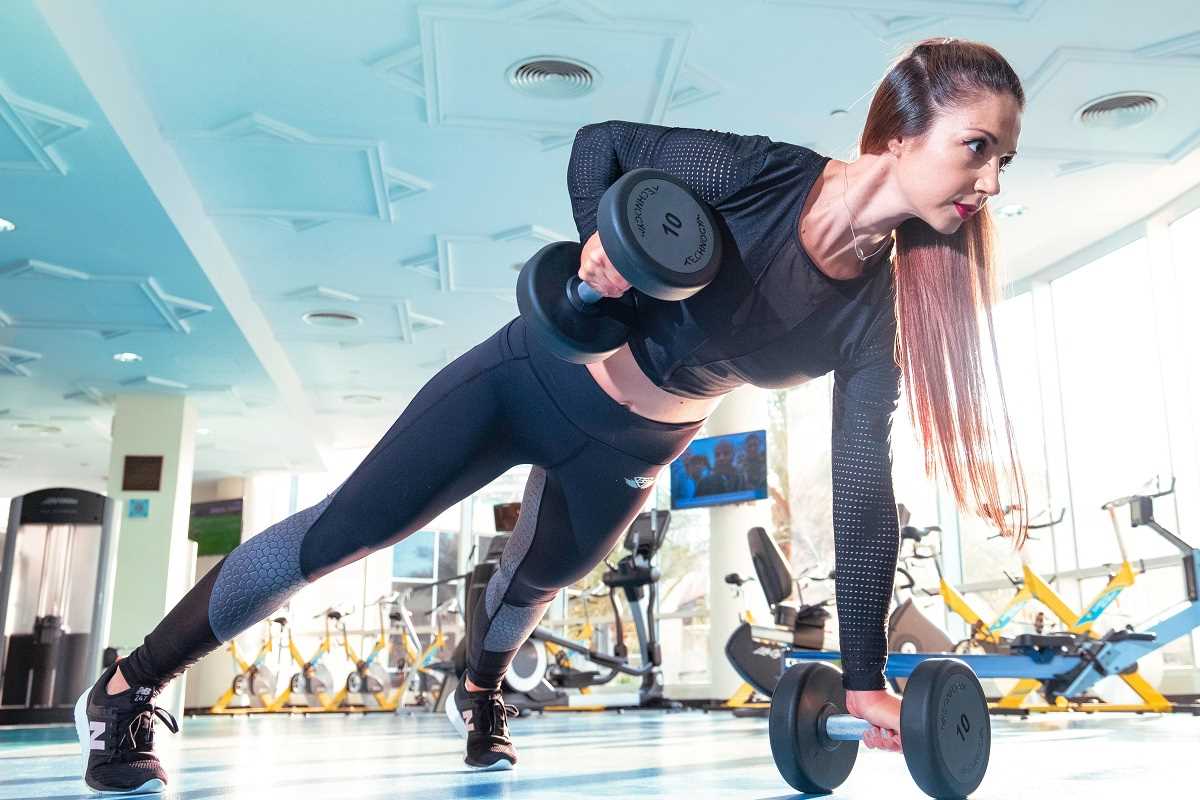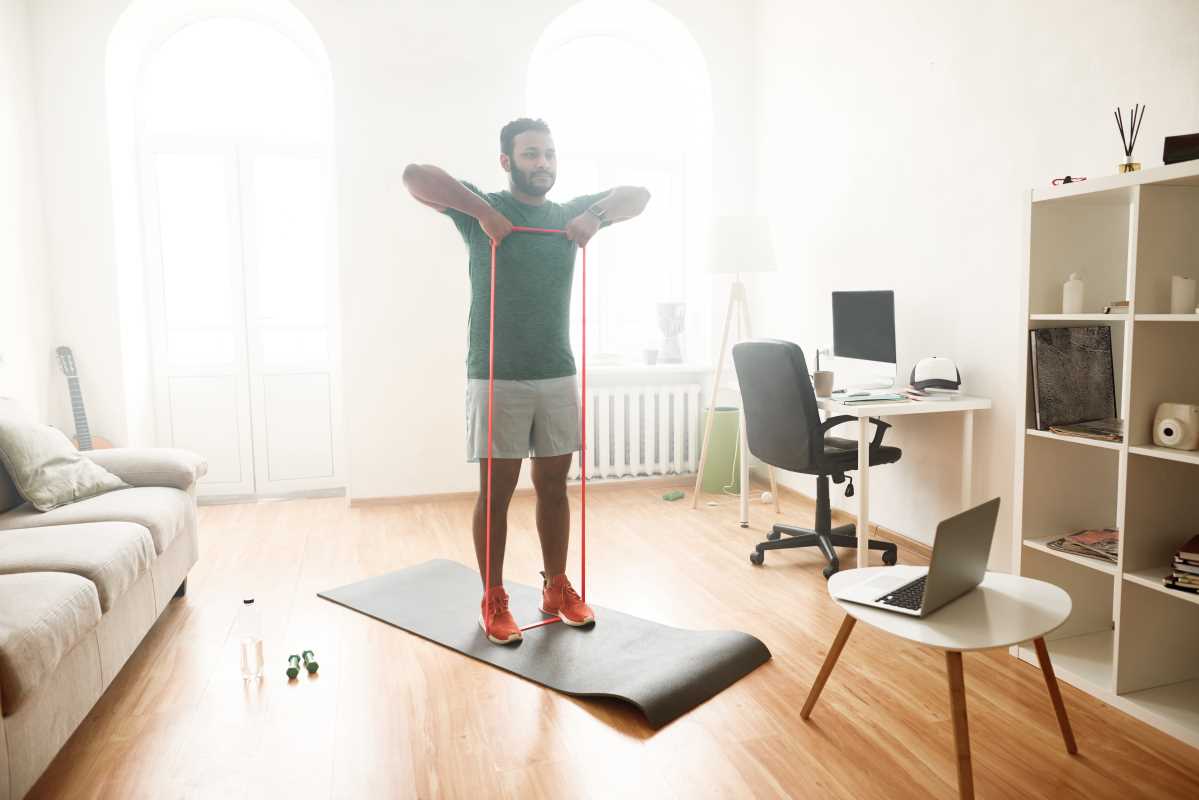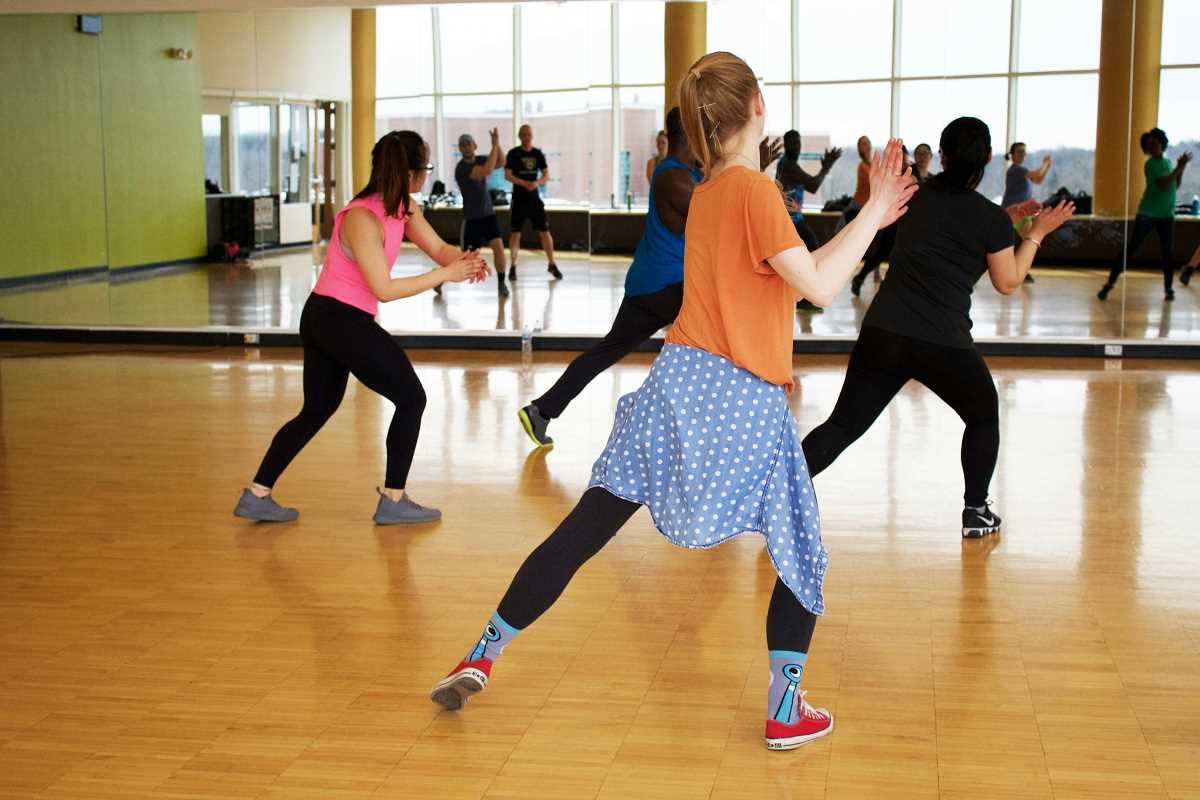Whether your fitness goals revolve around building strength, improving flexibility, or finding mental balance, yoga can seamlessly fit into your routine. With its diverse styles and approaches, yoga offers something for everyone, regardless of experience level or fitness objective. By exploring the different types of yoga, you’ll discover how this timeless practice not only enhances physical performance but also fosters mental wellbeing.
Benefits of Incorporating Yoga into Your Fitness Plan
Including yoga in your fitness regimen can provide numerous advantages. One of the primary benefits is enhanced flexibility, which reduces the risk of injury during other workouts. Yoga also helps build functional strength, using body weight in controlled movements to tone muscles while promoting endurance. Additionally, it improves balance and coordination, which are crucial for activities like running or weightlifting.
Beyond physical perks, yoga promotes mindfulness and stress relief, allowing you to recover mentally from the pressures of daily life and strenuous workouts. It encourages intentional breathing techniques, which lower cortisol levels and contribute to overall relaxation. The result? A more balanced and sustainable fitness routine that supports both body and mind.
Different Types of Yoga and Their Benefits
Yoga is not a one-size-fits-all practice. Here’s an in-depth look at popular yoga styles and how each can complement specific fitness goals:
1. Hatha Yoga
- Best For: Building a solid foundation, flexibility, relaxation.
- What It Is: Hatha yoga focuses on basic postures and breathing techniques. This slow-paced style is perfect for beginners or those looking to unwind while gently working their muscles.
- How It Helps: Hatha yoga works as a recovery activity between intense workout days. Its emphasis on stretching can loosen tight muscles, alleviate stiffness, and improve mobility over time.
2. Vinyasa Yoga
- Best For: Cardio fitness, dynamic movement, overall strength.
- What It Is: Flow-based, Vinyasa yoga involves continuous movement, transitioning seamlessly from pose to pose. Often called “flow yoga,” it varies in intensity and speed depending on the class.
- How It Helps: Vinyasa builds muscle strength and endurance by keeping your body in motion. The dynamic flows also improve cardiovascular health, making it ideal for athletes looking to enhance stamina. This style suits individuals seeking a more active, calorie-burning practice.
3. Ashtanga Yoga
- Best For: Discipline, building strength, long-term flexibility.
- What It Is: A structured, physically intense style, Ashtanga involves a set sequence of poses performed in the same order during every session. It demands discipline due to its repetitive nature and focus on progression.
- How It Helps: This style is excellent for building muscle tone and core strength while enhancing endurance over time. Its rigorous approach appeals to those with clearly defined fitness goals or a drive for consistency.
4. Bikram/Hot Yoga
- Best For: Detoxification, improving mobility, weight loss.
- What It Is: Popularly known as “hot yoga,” Bikram takes place in a heated room (around 95–105°F) to encourage sweating and deeper stretching. It involves a set sequence of 26 postures paired with guided breathing.
- How It Helps: The heat promotes flexibility by loosening muscles while also providing a detoxifying sweat session. Many enthusiasts find that they burn more calories and feel revitalized after class, making Bikram a great option for weight loss or enhancing mobility.
5. Yin Yoga
- Best For: Recovery, stress management, enhancing flexibility.
- What It Is: A slow-paced, meditative style, Yin yoga involves holding poses for several minutes to stretch the deep tissues of the body. It’s highly restorative and encourages stillness of the mind.
- How It Helps: Yin yoga is invaluable for recovery after intense workouts, as it targets connective tissues and relieves tension. It’s also an excellent way to wind down, making it ideal for individuals looking to reduce stress or improve nighttime relaxation.
- Integrating Yoga into Your Fitness Routine
Here are practical ways to incorporate yoga into your current fitness plan.
Schedule Complementary Sessions:
Alternate yoga with your primary workout days. For example, after a heavy strength-training session, opt for a gentle Hatha or Yin yoga class to stretch sore muscles and promote recovery. On cardio days, a more dynamic style like Vinyasa can align well with your routine.
Use It as a Warm-Up or Cooldown:
Short yoga sessions focusing on mobility can be a perfect warm-up before workouts, especially in activities demanding flexibility, such as weightlifting or dance. Post-workout, yoga can serve as a cooldown to relax your muscles and aid recovery.
Combine Strength and Stretch:
If you’re short on time, consider hybrid workouts that incorporate yoga-inspired poses, like a fitness class blending yoga and Pilates. This ensures you benefit from strengthened muscles and an enhanced range of motion in just one session.
Stay Consistent:
Make yoga a regular part of your schedule. Even 10 to 15 minutes daily can make a big difference in your physical and mental health. Use apps or online videos for accessible guidance, and choose classes that match your fitness needs.
Experiment with Different Styles:
The best style of yoga for you might vary depending on your goals. Spend time exploring different options to find what resonates with you and supports your overall fitness pathway.
Holistic Benefits of Yoga
Yoga takes a comprehensive approach to wellness by addressing the intricate connection between the body, mind, and spirit. Its capacity to cultivate mindfulness enhances focus and discipline, which can translate to more effective workouts in other areas. By improving posture, reducing stress, and boosting energy, yoga not only complements physical goals but also fosters a healthier, more confident outlook on life.
Whether you’re aiming for peak physical performance or simply searching for a way to balance body and mind, yoga offers tools to help you grow both on and off the mat. By choosing the right style and weaving it into your fitness routine, you’ll unlock a richer, more rewarding fitness experience.
 (Image via
(Image via





